Inside OCZ's Factory: How SSDs Are Made
by Kristian Vättö on May 20, 2015 8:30 AM ESTPackaging
Once the drive has exited the validation station without any errors, it's considered to be fully functional and is ready to be packaged.
Before the drive is put inside the retail package, the labels are put on the metal chassis. Currently this is done manually and requires extreme precision from the worker, but this is an area OCZ is looking to automate to reduce costs and increase the throughput of the factory.
The folding of the cardboard retail boxes has already been automated and is done by the machine above.
The drives and accessories are put inside the retail box by hand and the last step in the process is to wrap the complete box in plastic. The wrap is folded over itself, resulting in a pocket where the retail package is pushed into. The package will then go through a heat tunnel, which shrinks the plastic a creates a tight wrap.
The retails boxes are then put inside 10-drive shipping boxes. The shipping boxes and the black holders have actually been designed by OCZ and are something that Mr. Van Pattern introduced shortly after joining the company. The new design is much more tolerable to drops and pressure in order to keep the retail packages cosmetically in tact and the 10-drive size is easy to ship around. OCZ does drop tests periodically to ensure that both the retail package as well as the shipping box quality hasn't degraded and the drives are safe.
The last stop for the drive before it's shipped out is, of course, the warehouse, which also concludes our factory tour.
Final Words
First of all, I'd like to thank OCZ and PTI for giving us the exclusive inside look of their factory. Usually we only get to see the final product, but not the steps that are taken to develop and build the drive. As we saw, the actual assembly process of an SSD is not very complex, but there is a tremendous amount of continuous testing to keep the quality high. Some tests, such as the box drop test, may seem a bit redundant, but ultimately it's these little things and aspects that build a high quality product.
That said, I'm not an engineering or manufacturing expert, so it would be wrong for me to "review" OCZ's processes. What I can say, though, is that OCZ's attitude towards quality and reliability has completely changed. In the past it wasn't unheard of that a product would only spend roughly three months in development before entering mass production, but now even the qualification phase of the development process is typically longer.
All in all, the new OCZ is well aware of its questionable quality reputation from the past and is now doing everything it can to build the trust back. It won't happen overnight, but opening up the whole development and manufacturing process is a way of showing that OCZ has nothing to hide when it comes to quality.


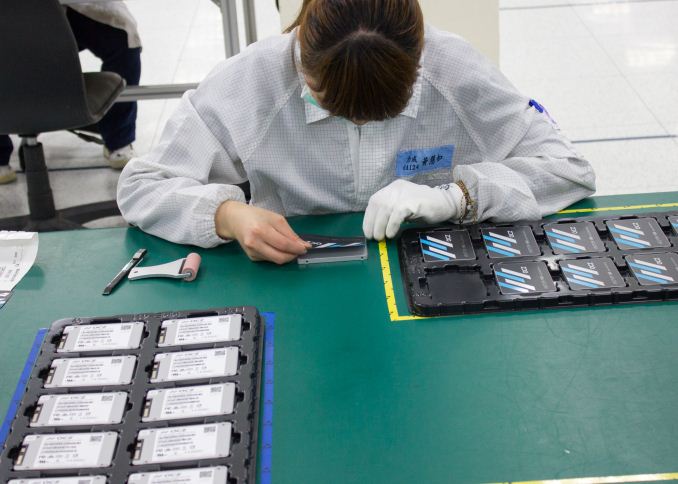
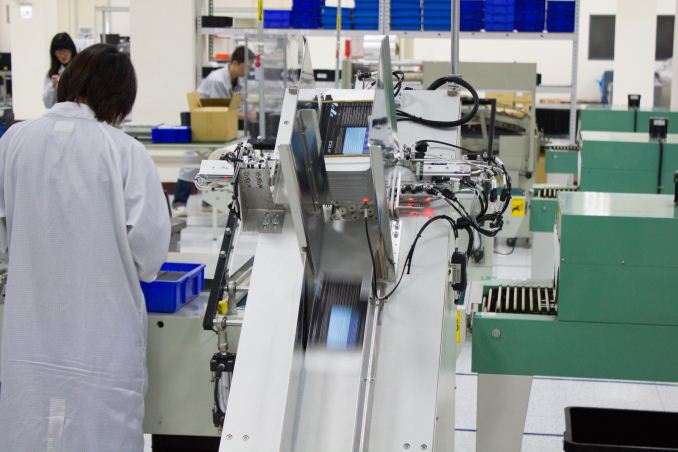
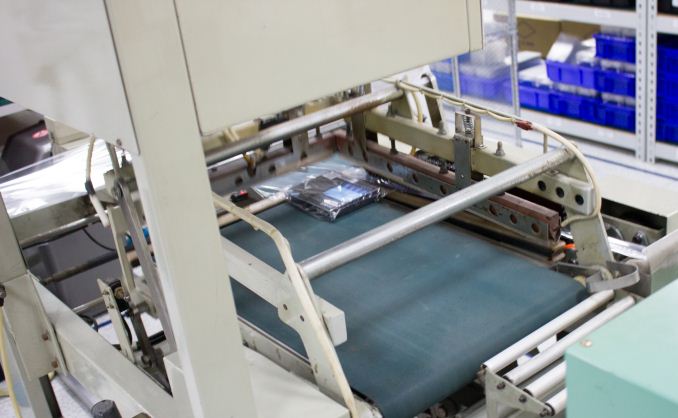
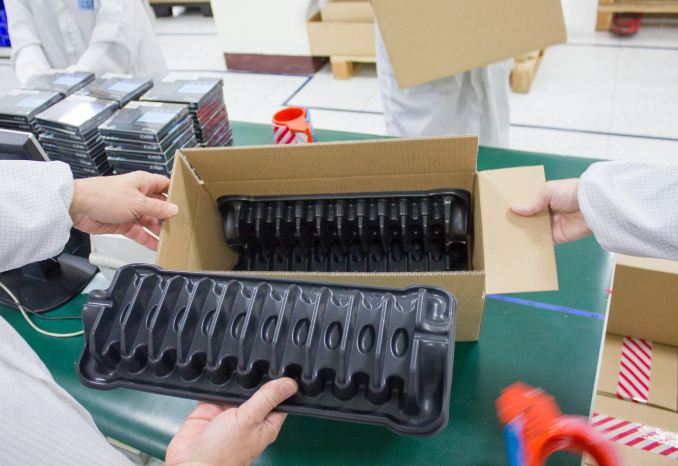
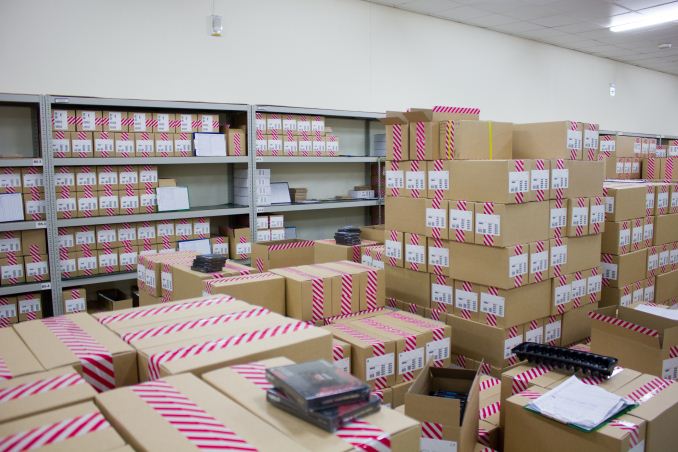








64 Comments
View All Comments
Pessimism - Thursday, May 21, 2015 - link
Disappointing that marketing weighs so heavily into their design process.Refuge - Thursday, May 21, 2015 - link
Thats how it is everywhere.ryanmt - Thursday, May 21, 2015 - link
"and has been achieved through science, but there's also trial and error in the mix. "What exactly to you think 'science' is?
ArmedandDangerous - Thursday, May 21, 2015 - link
Very informative, but I have to say, the writing style and quality feels like a regular blogger putting up posts on a blog. It didn't have the usual insights and technological knowledge of a Anand writer. Waiting for more works from you Kristian, and keep on improving :)Slappi - Friday, May 22, 2015 - link
Ralph Schmitt should be thrown in jail along with OCZ's former CEO who robbed shareholders of hundreds of millions of dollars. I wouldn't buy an OCZ drive if it was the fastest drive on the planet.Oxford Guy - Friday, May 22, 2015 - link
Who doesn't like a little bait and switch? Send out Vertex 2 drives with 32-bit NAND then sell drives with half the NAND chips to consumers. Whoops!Then come up with a "voluntary replacement plan" that doesn't apply to the expensive (at the time) 240 GB model. And, top it all off with spectacularly buggy drives — drives that are basically ticking time bombs waiting to brick when the user does something weird like put their laptop to sleep.
Ethos Evoss - Sunday, May 24, 2015 - link
Jeeezus picked up worst company ..Richard Buyme - Sunday, May 24, 2015 - link
Good ole' oczSame as the original ocz.safeshopper.com that conned and scammed end users when they were a reseller courtesy of Ryan Petersen
Sadly, time heals all wounds it would seem, even on the internet. Who knows how many thousands of dollars this corporation reamed out of customers' wallets back in the day (circa 2000-2001), orders taken but not shipped.
This article details some of what OCZ's founder was like before he abruptly resigned without comment in 2012
http://seekingalpha.com/instablog/890075-copperfie...
hirschma - Monday, May 25, 2015 - link
The article isn't quite correct in some areas.The first part of the process is called "stencil printing". A thin, stainless stencil is used in a stencil printer (more or less a robotic squeegee) to apply solder paste to the board. There are no sockets - the paste is applied directly to the pads.
Solder paste does not spoil after two hours; while it is temperature sensitive, it isn't that sensitive. It probably takes over two hours for a jar that size (.5 kg) to come up to room temps.
Although it isn't mentioned, I'd expect an outfit like this to do a paste inspection before the pick and place machine places the components.
Lastly, the choice of using through-hole, hand soldered SATA connectors is odd. There's no reason why they couldn't use surface mount just as easily (although through-hole is going to withstand more abuse).
hirschma - Monday, May 25, 2015 - link
Heh, took another look.If they're doing things "according to hoyle", there should be an X-Ray inspection for BTCs - bottom terminated chips. Just because a board works, doesn't mean that it'll continue to do so if there are certain defects that can only be caught that way.
Also - strangely - they do appear to be using surface mount connectors, but why they put them on in a separate process (if I read the article correctly) is very strange. Might have something to do with the testing - they may do an initial test before singulation (removing the individual boards), and then only put the connects on if it passes (the connectors are probably more expensive than the labor).
Last comment - not sure why they're using such small panels (i.e., only 4up). The standard in China is a square meter - likely due to the the contract manufacturer having equipment that can only handle smaller panels.